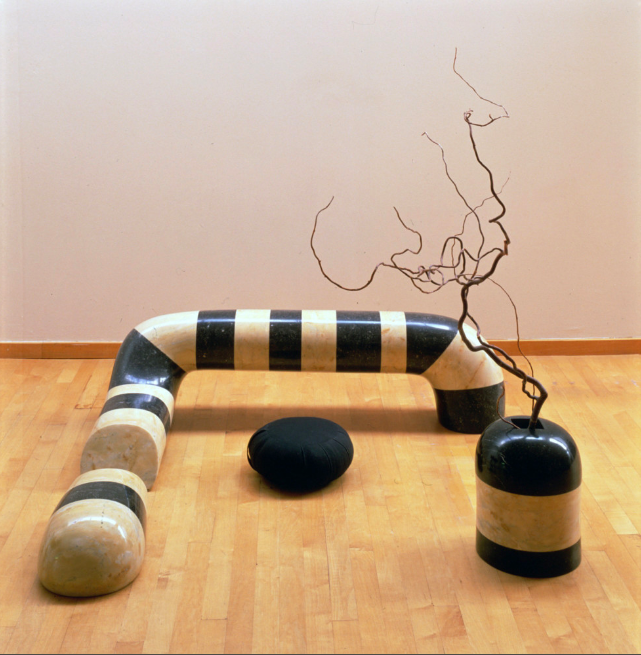As the weather grows colder, we look for reasons to stay inside, snuggled up under a blanket, steamy mug in hand.
Or sometimes we look for an incentive to bundle up and go for a long freezing constitutional.
Either way, 40 years’ worth of Fresh Air, Peabody award-winning radio journalist Terry Gross’ interview show, is just the ticket.
A complete digital database of over 22,000 segments is now available for your listening pleasure.
Feeling overwhelmed?
Scroll down on the home page to delve into a recent episode.
Or dial it back to one of the earliest extant installments.
(In the first decade of the show’s history, many episodes went untaped or got recorded over.)
The massive database, created with help from library scientists at Drexel University, is also searchable by guest and topic.
If you feel like handing over the controls, home station WHYY in Philadelphia has some suggested collections—Jazz Legends, Saturday Night Live, How the Brain Works…
If you’re open to anything, try the wild card option at the bottom of the screen. Click play for a random episode.
Or try typing one of your interests into the search bar.
“Cats” yielded 1713 results, from a chat with author John Bradshaw on the evolution of house cats to an interview with zoologist Alan Rabinowitz on endangered large cats to some training tips, courtesy of feline behavior specialist Sarah Ellis.
Of less direct relevance, but of no less interest, are:
A review of Iranian director Bahman Ghobadi’s film No One Knows about Persian Cats, which netted the 2009 Special Jury Prize at Cannes.
A review of Margaret Atwood’s 1989 novel Cat’s Eye.
A History of Catskills resorts.
A post-mortem with comedian (and avowed cat person) Mark Maron following then-President Barack Obama’s 2015 appearance on his WTF podcast (an occasion which required Maron’s house cats to be corralled in his bedroom).
Gross: So how do you cast a cat for your film?
One Coen brother: Ooh, that was horrible. We just used on the advice of the trainer—the animal trainer, kind of an orange, kind of a marmalade tabby cat, just because they are, you know, common, and so easy to double, triple, quadruple. There were, you know, many cats playing the one cat and, you know, the whole thing is actually pretty, it comes across well in the movie, but the whole exercise of shooting a cat is pretty nightmarish because they don’t care about anything; they don’t want to do what you want them to do. As the animal trainer said to us, a dog wants to please you; a cat only wants to please itself. It was just long, painstaking, frustrating days shooting the cat.
Other Coen brother: What you have to do is basically find the cat that’s predisposed to doing whatever particular piece of action it is that you have to film. So you find the cat that can—isn’t afraid to run down a fire escape or this, you know, the cat that’s very docile and will let the actor just hold them for extended periods of time without being fidgety. And then you want the fidgety cat—the squirrely cat—for when you want the cat to run away and you just keep swapping them out—depending on what the task at hand is.
If something really catches your fancy, you can add it to a playlist to share via social media or email.
Readers, what would you have us add to ours?
Begin your exploration of Fresh Air’s archive here.
Related Content:
What Happens When a Terry Gross/Fresh Air Interview Ends: A Comic Look
Listen to Ira Glass’ 10 Favorite Episodes of This American Life
Ayun Halliday is an author, illustrator, theater maker and Chief Primatologist of the East Village Inky zine. Join her in NYC on Monday, December 9 when her monthly book-based variety show, Necromancers of the Public Domain celebrates Dennison’s Christmas Book (1921). Follow her @AyunHalliday.






